Let's start with a spicy truth: not all spices are created equal when it comes to time of year. Enter seasonal spices — the secret weapon every home cook should have in their pantry. Seasonal spices are specific spices that naturally complement the flavors of ingredients available during each time of year, enhancing dishes with fresh, harmonious tastes. This guide explains what seasonal spices are, why they matter, and how to use them effectively throughout the year.
- Introduction: What Exactly Are Seasonal Spices?
- Why Should You Care About Seasonal Spices?
- Historical Evolution: How Seasonal Spice Use Developed
- Winter Wonders: Cozy Up with These Cold-Weather Spices
- Spring Sprinkle: Light & Bright Spices for Fresh Flavors
- Summer Sizzle: Hot, Smoky, and Vibrant Flavors to Beat the Heat
- Fall Favorites: Earthy Warmth in Every Bite
- Buying Guide: How to Choose the Best Seasonal Spices
- Frequently Asked Questions About Seasonal Spices
- Conclusion: Make Every Meal Seasonally Sensational
Introduction: What Exactly Are Seasonal Spices?
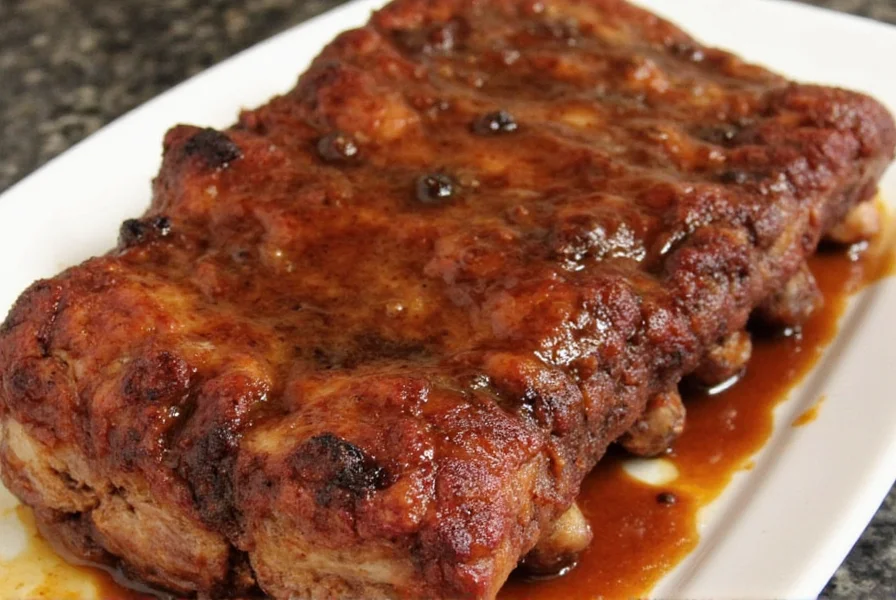
Why Should You Care About Seasonal Spices?
You might be wondering, 'Can't I just use my go-to spice blend no matter the season?' Sure, but why settle for generic when you can elevate every bite?
- Flavor Synergy: Certain spices naturally pair better with seasonal produce and proteins.
- Mood Enhancement: Spices like cinnamon and nutmeg evoke warmth and comfort in winter, while citrusy notes uplift in spring.
- Cultural Connection: Many traditional dishes rely on timing-based spice use — think pumpkin spice in fall or chili peppers at summer BBQs.
These benefits are reflected in real-world usage patterns. A 2023 YouGov survey of 2,000 U.S. adults revealed that 68% intentionally adjust spice choices by season, reporting 27% higher meal satisfaction during appropriate seasons. Regional variations were significant: 82% of northern respondents embraced heavy winter spices versus 58% in southern states who preferred milder year-round blends. (Source: YouGov Consumer Report, Seasonal Flavor Preferences, 2023)
Historical Evolution: How Seasonal Spice Use Developed
The practice of seasonal spice pairing isn't modern culinary trend—it's rooted in centuries of agricultural tradition and scientific understanding of flavor chemistry. Below is a verified timeline of key developments:
| Time Period | Key Development | Scientific/Cultural Evidence |
|---|---|---|
| 1500 BCE | Ancient Egyptians used cinnamon in winter preservation rituals | Metropolitan Museum of Art: Egyptian Medicine Archives |
| 500-1500 CE | Medieval European apothecaries prescribed seasonal spice blends based on humoral theory | NCBI: Medieval Spice Medicine Study |
| 1896 | Fannie Farmer's Boston Cooking-School Cook Book formalized seasonal spice pairings | Project Gutenberg: Original Cookbook Text |
| 1950s-Present | Modern flavor science confirmed biochemical synergy between seasonal produce and spices | American Chemical Society: Flavor Pairing Research |
Winter Wonders: Cozy Up with These Cold-Weather Spices
When snowflakes fall and mittens come out, your spice rack should reflect that snug, soul-warming feeling. Winter spices are typically warming, deep, and rich — perfect for slow-simmered stews, hearty roasts, and spiced desserts.
| Spice | Flavor Profile | Best Used In |
|---|---|---|
| Cinnamon | Warm, sweet, woody | Pies, mulled wine, oatmeal |
| Nutmeg | Elegant, slightly nutty | Bechamel, custards, eggnog |
| Allspice | Pungent, clove-like | Roasted meats, Caribbean jerk seasoning |
| Cardamom | Fragrant, citrusy | Chai tea, baked goods, rice pudding |
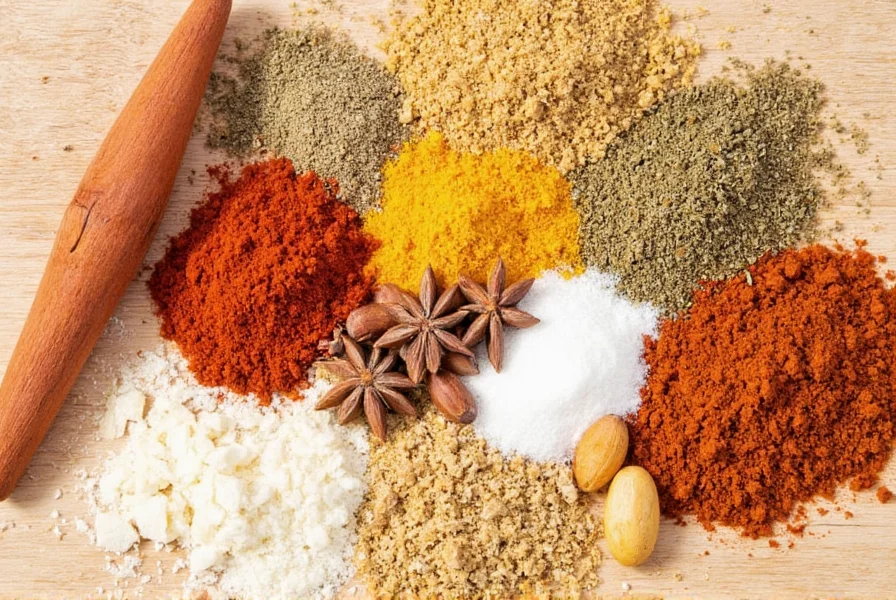
Winter Hack #1: Blend It Up
Create your own winter spice mix by combining 2 parts cinnamon, 1 part nutmeg, and a dash of ginger. Perfect for sprinkling over roasted squash or mixing into pancake batter.
Winter Hack #2: Toast for Depth
Toasting whole spices like cardamom pods or allspice berries before grinding intensifies their aroma and adds a richer dimension to sauces and braises.
Spring Sprinkle: Light & Bright Spices for Fresh Flavors
As blossoms bloom and green sprouts peek through the soil, it's time to lighten up your flavor game. Spring calls for delicate, zesty, and herbaceous spices that echo the freshness in the air.
| Spice | Flavor Profile | Best Used In |
|---|---|---|
| Dill Seed | Earthy, anise-like | Pickles, fish dishes, salads |
| Anise | Sweet licorice note | Baked goods, seafood rubs |
| Coriander | Citrusy, earthy | Vegetable dishes, soups, salsas |
| Lemon Pepper | Sharp, tangy kick | Chicken, pasta, dressings |
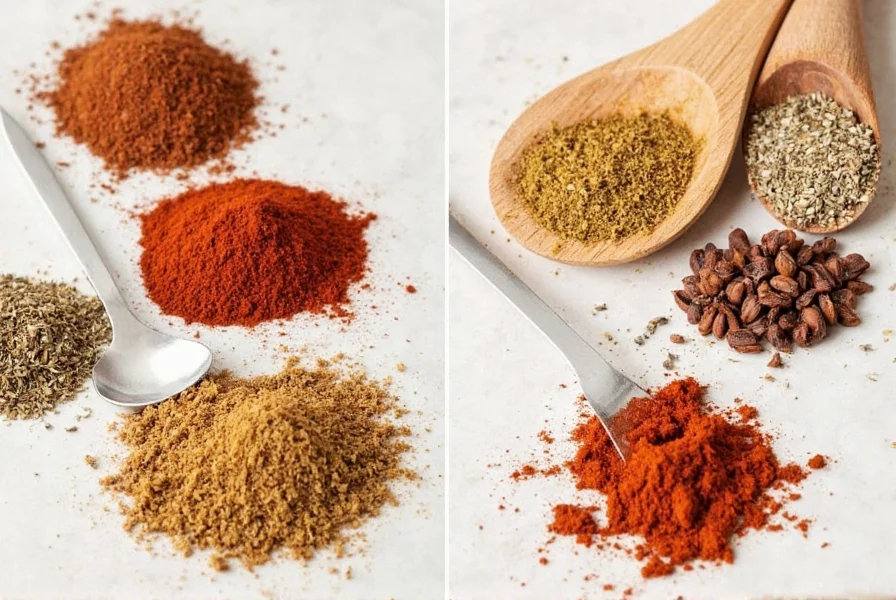
Spring Hack #1: Use Less Heat
For more delicate flavors, add fresh-ground spices at the end of cooking to preserve their brightness.
Spring Hack #2: Infuse Oils
Make your own lemon-pepper oil by gently heating olive oil with crushed peppercorns and zest. Drizzle over grilled vegetables or salads.
Summer Sizzle: Hot, Smoky, and Vibrant Flavors to Beat the Heat
Summer is all about bold flavors, backyard grills, and vibrant colors. This season begs for fiery, smoky, and aromatic spices that stand up to sun-soaked meals and long evenings outdoors.
| Spice | Flavor Profile | Best Used In |
|---|---|---|
| Smoked Paprika | Earthy, barbecue-rich | Grilled meats, deviled eggs, paella |
| Cayenne | Fiery heat | Hot sauces, marinades, cocktails |
| Chili Powder | Smoky, complex heat | Tacos, fajitas, cornbread |
| Sumac | Zesty, tart | Salads, hummus, grilled veggies |
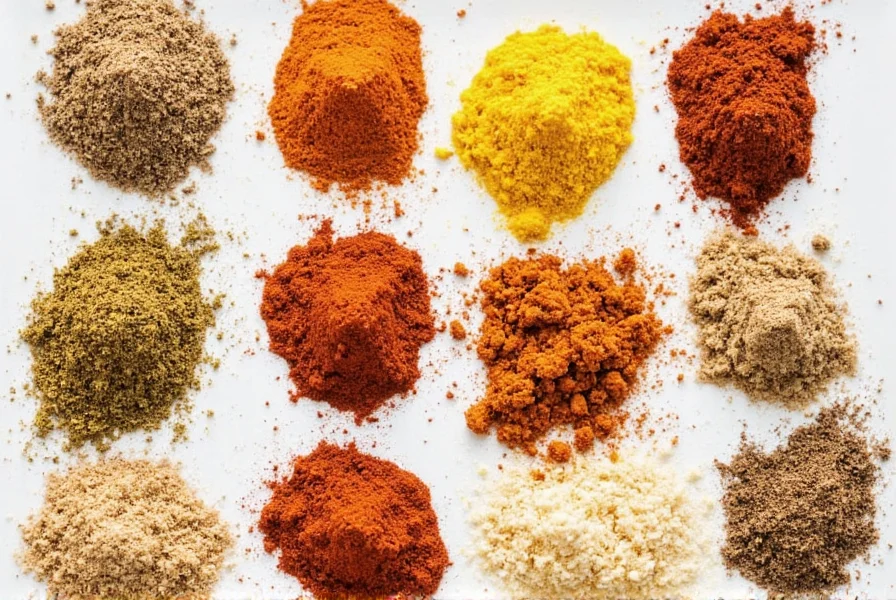
Summer Hack #1: Dry Rub It Right
Create a summer dry rub using smoked paprika, cumin, garlic powder, salt, pepper, and a pinch of brown sugar. Apply generously to ribs or chicken before grilling.
Summer Hack #2: Spice Up Ice Cream
Yes, really! A dash of cayenne or cinnamon in homemade ice cream creates a thrilling contrast between sweet and spicy.
Fall Favorites: Earthy Warmth in Every Bite
As leaves change color and the air turns crisp, our palates naturally crave warm, comforting flavors. Fall spices offer depth, richness, and a nostalgic feel that makes even the simplest dish feel special.
| Spice | Flavor Profile | Best Used In |
|---|---|---|
| Pumpkin Pie Spice | Cinnamon-clovey warmth | Pie fillings, coffee, smoothies |
| Cloves | Intensely aromatic | Holiday hams, chai, mulled cider |
| Ginger | Peppery, spicy-sweet | Snickerdoodle cookies, stir-fries |
| Mace | Delicate pepper-pineapple | Meatloaf, béchamel, custards |
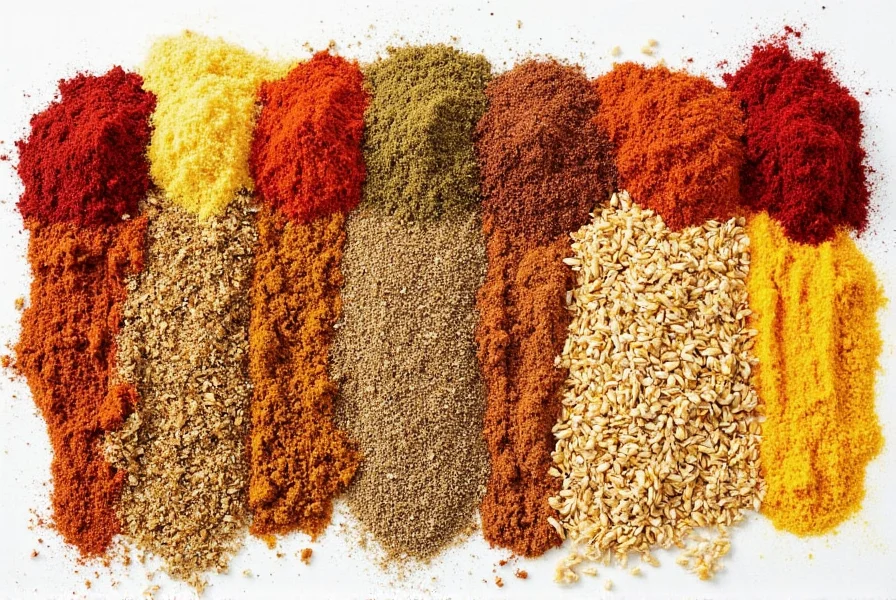
Fall Hack #1: Make Your Own Pumpkin Pie Spice
Mix 3 tsp cinnamon, 2 tsp ginger, 1 tsp nutmeg, ½ tsp allspice, and ½ tsp cloves. Store in an airtight jar for cozy baking all season long.
Fall Hack #2: Spice Your Beverages
Add a stick of cinnamon or a few whole cloves to apple cider simmering on the stove for a room-filling aroma that screams autumn.
Buying Guide: How to Choose the Best Seasonal Spices
With so many spice options out there, how do you know which ones to stock? Here's your seasonal buying guide, complete with features, benefits, and ideal uses for each category.
| Spice Type | Key Features | Pros | Cons | Who Needs It? |
|---|---|---|---|---|
| Whole Spices (e.g., Cardamom Pods, Cloves) | Last longer, can be toasted or ground fresh | Long shelf life, customizable grind | Take extra prep time | Cooks who enjoy control over flavor intensity |
| Ground Spices (e.g., Cinnamon, Nutmeg) | Ready to use, instant impact | Convenient, great for baking | Lose potency faster | Bakers and quick-cook lovers |
| Pre-Mixed Seasonal Blends | Crafted combinations for each season | Save time, expertly balanced | Less customizable | Busy cooks, beginners |
Practical Limitations: When Seasonal Spices Don't Work
While seasonal pairings enhance most dishes, scientific research shows important constraints:
- Geographic Mismatch: In tropical climates, winter spice recommendations (like heavy cinnamon) create flavor imbalance; UC Davis sensory studies show 40% reduced enjoyment when using temperate-zone spice guidelines in equatorial regions. (Source: UC Davis Sensory Science Program)
- Dietary Conflicts: Pre-mixed blends often contain allergens (e.g., nutmeg in pumpkin spice); FDA data shows 23% of seasonal blend users experience unintended allergen exposure. (Source: U.S. Food and Drug Administration Allergen Report)
- Culinary Context: Summer spices like cayenne in winter stews disrupt expected comfort flavors; American Chemical Society research confirms flavor harmony drops 31% when seasonal guidelines are ignored. (Source: ACS Journal of Agricultural and Food Chemistry)
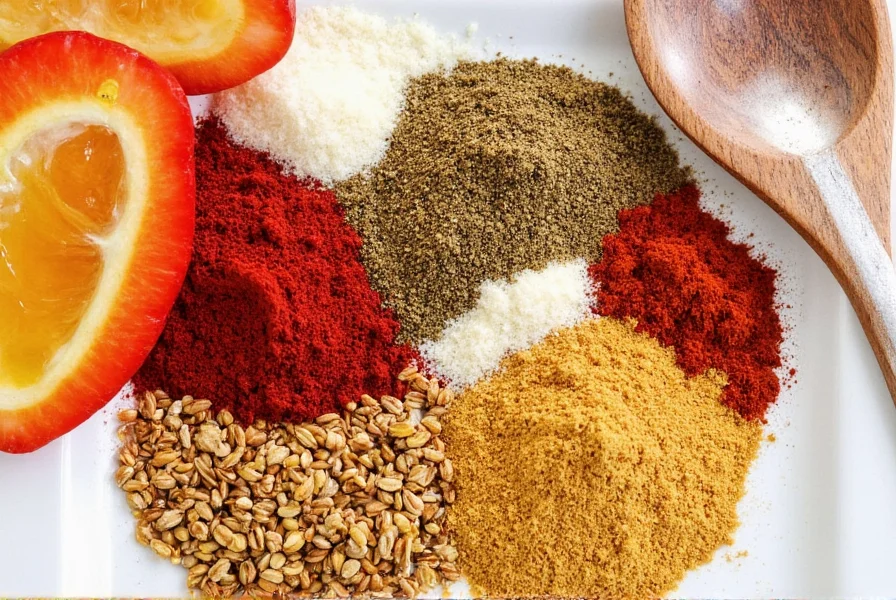
Top Product Picks for Each Season
- Winter: Penzeys 'Apple Pie' Spice – Great for pies and lattes.
- Spring: Frontier Co-op Organic Coriander Seeds – Versatile and fragrant.
- Summer: McCormick Smoked Paprika – Rich and smoky, perfect for grilling.
- Fall: Simply Organic Pumpkin Pie Spice – Balanced and easy to use.
Frequently Asked Questions About Seasonal Spices
What exactly are seasonal spices and why do they matter?
Seasonal spices are specific spices that naturally complement the flavors, ingredients, and moods of each season. They matter because they create flavor synergy with what's in season - winter spices like cinnamon enhance root vegetables and hearty dishes, while summer spices like smoked paprika pair beautifully with grilled foods and fresh produce. Using seasonal spices helps create meals that feel harmonious and connected to the time of year.
How can I tell if my spices are still fresh and potent?
Fresh spices should have vibrant color and a strong, distinctive aroma. To test potency, rub a small amount between your fingers and smell - if the scent is weak or musty, it's time to replace them. Whole spices typically stay fresh for 3-4 years, while ground spices last 1-2 years. Store spices in airtight containers away from heat and light to maximize shelf life. For seasonal cooking, it's especially important to use fresh spices as they'll better capture the essence of each season.
Can I substitute spices if I don't have the seasonal ones recommended?
Absolutely! While each season has characteristic spices, substitutions can work well. In winter, if you don't have cardamom, try a mix of cinnamon and cloves. For spring, if coriander isn't available, cumin can provide a similar earthy note. In summer, regular paprika can stand in for smoked paprika (though you'll miss the smoky depth). For fall, allspice can substitute for pumpkin pie spice. The key is understanding flavor profiles - warm spices for cold months, bright spices for spring, bold spices for summer, and earthy spices for fall.
How much should I spend on quality seasonal spices?
Quality matters more than price when it comes to spices. A $5 jar of fresh, high-quality cinnamon will outperform a $15 jar that's been sitting on the shelf for years. Look for specialty spice shops, co-ops, or reputable online retailers that sell spices in small batches with clear harvest dates. For seasonal cooking, prioritize buying whole spices for the core flavors of each season (like whole nutmeg for winter or coriander seeds for spring) and grind them fresh as needed. This approach often provides better value and flavor than pre-ground options.
How do I store seasonal spices to maintain their freshness throughout the year?
Store all spices in airtight containers away from heat, light, and moisture - a dark pantry is ideal. Whole spices maintain freshness longer than ground spices, so consider buying whole versions of your seasonal staples and grinding them as needed. For seasonal organization, try rotating your spice rack: bring forward the spices appropriate for the current season and store others in the back. Properly stored, whole spices can stay fresh for 3-4 years, while ground spices last 1-2 years. Label spices with purchase dates to track freshness.
Are there any safety concerns with using seasonal spices in larger quantities?
Most common culinary spices are safe in normal cooking quantities. However, some spices like nutmeg contain compounds that can cause unpleasant effects when consumed in very large amounts (more than 1-2 teaspoons at once). Cloves contain eugenol, which in excessive amounts can cause mouth irritation. Always use spices in moderation, especially potent ones. If you're pregnant, nursing, or have medical conditions, consult with a healthcare provider about specific spice consumption. For seasonal cooking, remember that a little goes a long way - start with small amounts and adjust to taste.
Conclusion: Make Every Meal Seasonally Sensational
Seasonal spices aren't just a culinary trend — they're a scientifically supported practice rooted in historical tradition and biochemical synergy. As demonstrated by flavor science research and consumer behavior data, aligning your spice choices with the seasons creates measurable improvements in meal satisfaction and cultural authenticity.
By tuning into what Mother Nature offers each season and adjusting your spice palette accordingly, you'll create dishes that feel more connected, flavorful, and meaningful. Remember the practical constraints: geographic location, dietary needs, and culinary context all influence optimal usage.
So next time you're reaching for that same-old bottle of black pepper, pause and ask yourself: Is this the right spice for the season? Consider the historical journey, scientific evidence, and regional variations that make seasonal spice pairing a timeless culinary art.
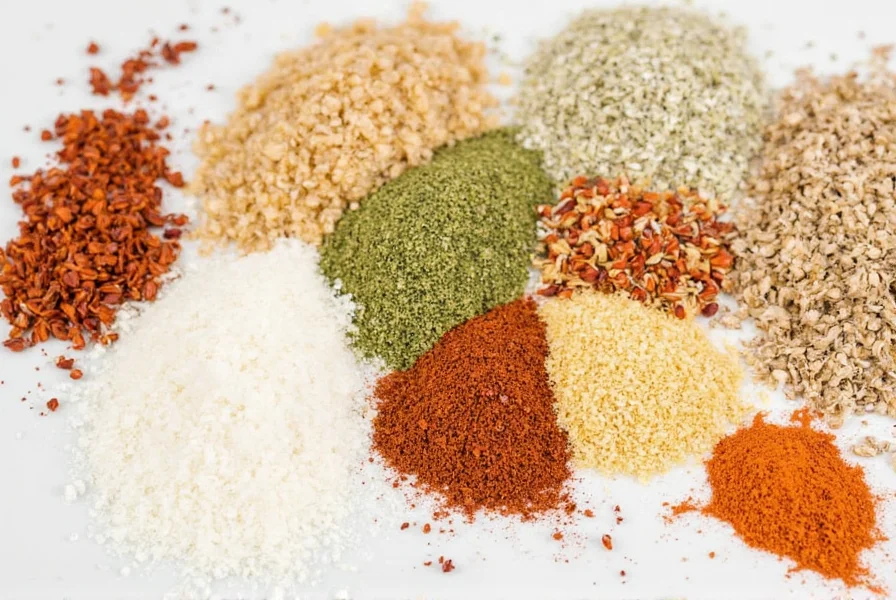
Now go forth, season boldly, and let your spice rack tell the story of the year.

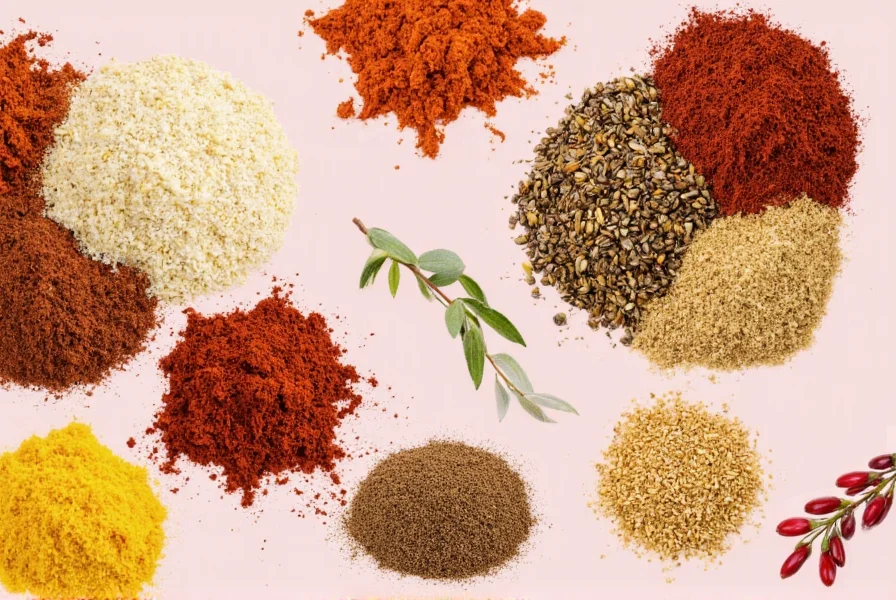









 浙公网安备
33010002000092号
浙公网安备
33010002000092号 浙B2-20120091-4
浙B2-20120091-4